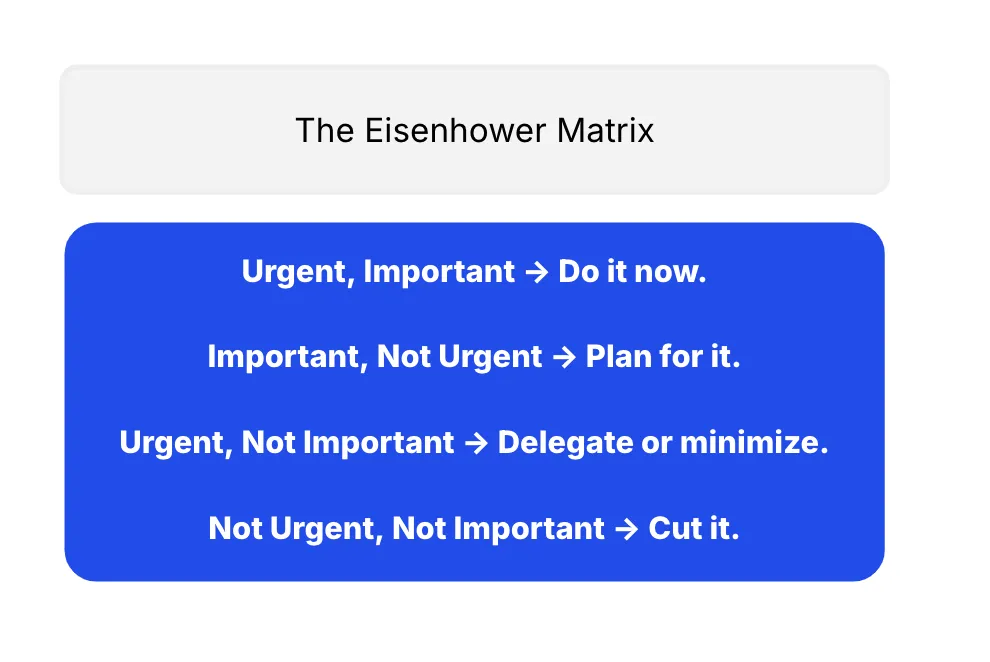It’s a cliché because it’s true: volatility creates opportunity. And modern retail investors know it. When stock markets wobble, they don't capitulate and they don’t sell low. They become more cautious, more strategic, more thoughtful, and more sophisticated than they’re often given credit for.
Our quarterly Modern Investor Pulse has repeatedly shown that retail investors favor a long-term approach, and use moments of volatility to stay invested, diversify, and refresh their thinking. But making those decisions in an uncertain environment isn’t easy. That’s when investor education matters most.
Retail investors stay in the market – and reposition to ride it
Early 2025 was a case study on what modern retail investors do during periods of volatility.
In Q2, for the first time in over a year, investor optimism dropped below 70%. A lot of investors in their twenties and thirties probably couldn’t even remember a time when US stocks didn’t dominate. But rather than running from markets, they repositioned, with 44% planning portfolio overhauls.
Stocks were still the top pick, but interest in ETFs picked up at some pace, as did appetite for alternatives, derivatives, and cryptocurrencies beyond bitcoin. Of those adjusting their portfolios, 52% planned to allocate more to alternatives and 51% to non-US stocks – a sensible and considered response to both relative underperformance of US stocks versus Europe, and the likely lower returns indexes like the S&P 500 are set to deliver over the next decade.
In short, amidst volatility, retail investors still want to be in the market, they just want to know where to go and how best to get there.
Investors want to diversify, but lack the knowledge to act
But while modern retail investors know when it feels right to adjust their portfolios, many don’t feel confident enough to turn that interest into action. In Q2 2025, when we asked what assets investors wanted to hold but didn’t feel knowledgeable enough to invest in, alternatives and crypto (22%) were top of their list, followed by derivatives (20%) and commodities (18%).
This is a gap that the right content can close.
When retail investors understand what they’re investing in, they invest more and churn less. The main reasons people stop investing are concerns about market volatility or because their investments aren’t performing as well as they wanted. If investors feel like their investments are doing well (or they better understand why they’re not), they’re more likely to carry on investing. Nearly three-quarters of investors we’ve spoken to would invest more if educational content was easier to access.
So how do you create that sort of content?
How to create financial content in a crisis
Here’s a crash course.
Write about what matters
Focus on what’s actually worth your readers’ time – we use the Eisenhower matrix as a guide.

For example, immediately after the reciprocal tariffs were announced in April 2025, our analysts and editors quickly got to explaining what this meant for markets and highlighted several safe havens. Then as the trade tensions escalated, especially between the US and China, our news coverage stayed on top of every development, always ending with “why it matters” takeaways so investors could act on it.
In volatile markets, the best financial content doesn’t just explain what’s happening – it cuts through the noise, clarifies what matters, and gives investors a plan.
Keep it brief, keep it readable
You’re competing in a busy space. Not just against other financial content, but you’re also fighting for your readers’ attention, particularly in the middle of a crisis.

Write your intro, then half it, and then half it again. Then work down through the “inverted pyramid”. Don’t say, “in a move that surprised most analysts, the US president paused tariffs…”. Say “Trump paused tariffs, causing markets to rally.” Even if your reader drops off, they’ve still learned something.
This is especially important during a crisis: your readers are on edge. They’re distracted, anxious, and short on time. Your content needs to be as easy to read as it is to scroll past. That’s why we follow the Hemingway Rule: short sentences, simple words, active voice.
Write for this crisis, and the next
The best time to support your investors is before the headlines break – and long after they do.
Before the turmoil kicked off in early 2025, our investor community was already concerned about the overconcentration of US stocks, particularly tech stocks, in traditional indices. So we dug into the data, breaking down the US's outperformance since 2010 and explaining why another decade like that was unlikely. The goal was to help readers, especially US investors, overcome home bias and consider global diversification. At the time, it was an unpopular take. But it proved prescient.
You can’t always predict what’s coming, but you can prepare your audience to respond intelligently and make informed long-term decisions.
During any period of volatility there's a big behavioral urge to do something – to sell the rally or buy the dip. But it’s important to keep a cool head. That’s why we created a six-step game plan to help investors stay calm, protect their portfolios, and find long-term opportunity amid the chaos.
Content that supports investors through today’s volatility, and tomorrow’s
The point isn’t just to explain what’s happening. It’s to give investors the clarity and confidence to act – and to learn. Because when they successfully navigate one period of volatility, they’re better prepared for the next. And they’ll remember who helped them get there.
Of course, creating expert-written, accessible content can be hard. You need financial credibility and editorial strength, and a voice that’s both insightful and approachable. Many platforms manage one of those. Few manage both.
We can help. Whether it’s access to our entire content library or expert-written custom content, we give you a voice that investors remember, through this period of volatility and the next. We work with partners to define tone of voice, map content to investor journeys, and build the right mix of off-the-shelf and bespoke content – all tailored to your goals and audience. The result? Smarter engagement, stronger trust, and better retention.
Grow your business
with Finimize
Our Partners

















.webp)